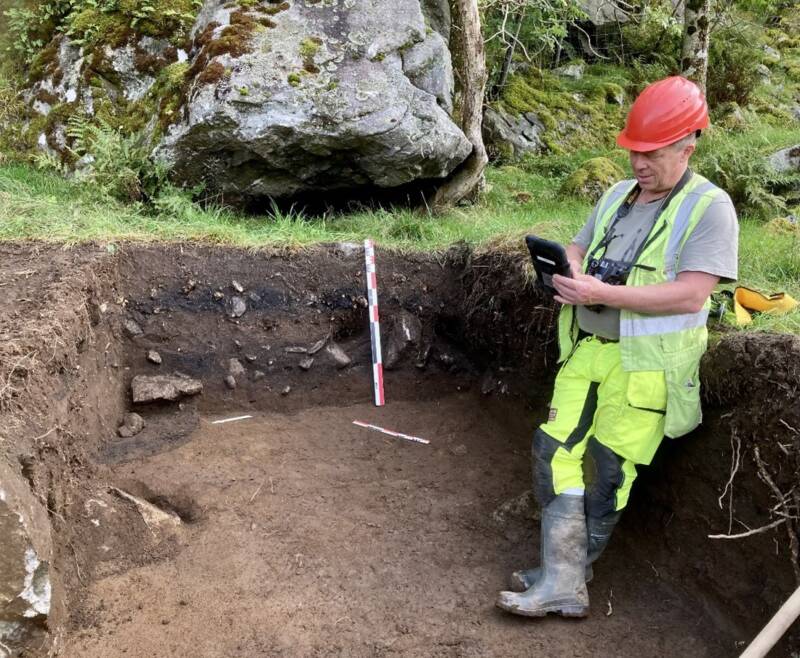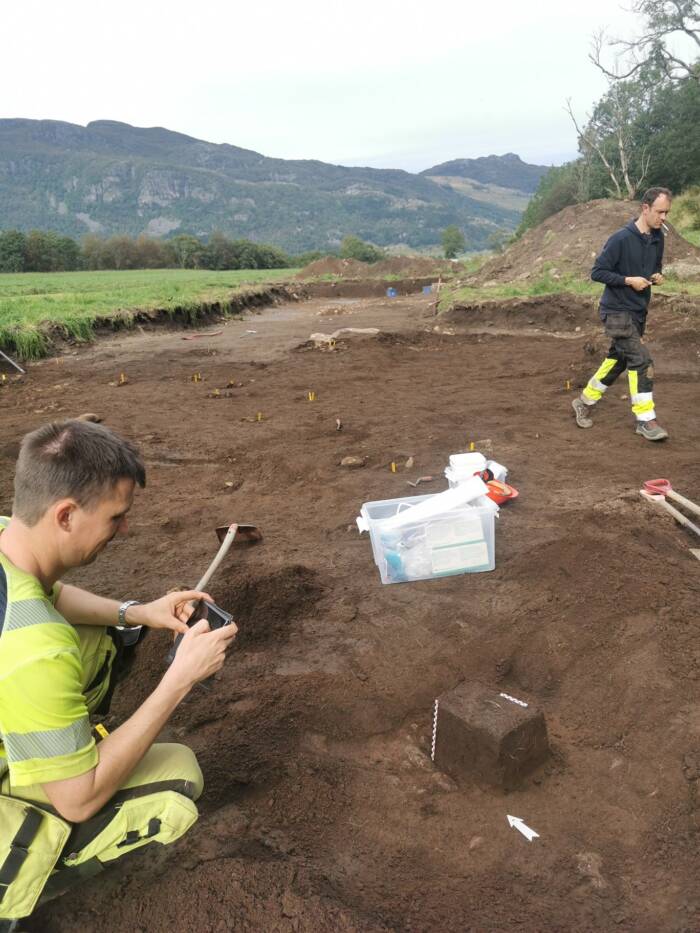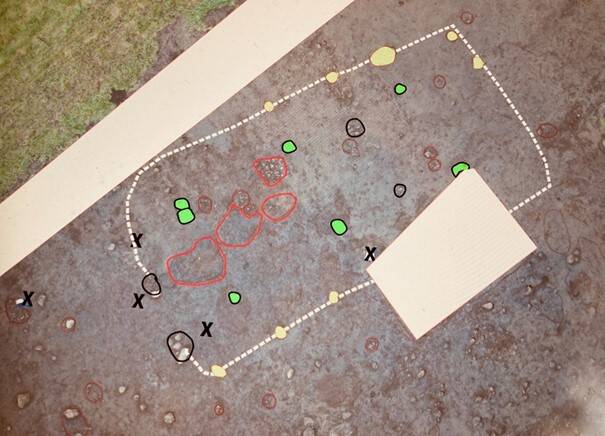The four silver bracelets were found on a farm in Årdal, and were possibly buried by Vikings fleeing widespread unrest.

Volker Demuth, Archaeological Museum, University of StavangerThe silver bracelets date back to the 9th century, a volatile period during the Viking Age.
As archaeologists examined a field in Årdal, Norway ahead of the construction of a new road, they came across several twisted objects in the dirt. At first, they thought it might be copper “hedging string” commonly used by farmers. But on closer inspection, the archaeologists realized that they’d found four silver bracelets — treasure buried by the Vikings 1,100 years ago.
A rare artifact, this bracelet hoard tells a fascinating story about the Viking Age in Norway, and the desperate times that befell people in Årdal.
“A Unique Find”: Unearthing The Silver Viking Bracelets In Årdal
According to a statement from the Archaeological Museum at the University of Stavanger, archaeologists were called to the farm in Årdal to conduct a survey ahead of the construction of a new tractor road. To their surprise, they stumbled upon the remains of a “large and powerful Viking farm.”

Archaeological Museum, University of StavangerArchaeologist and project manager Volker Demuth standing in an excavation pit at the site.
The farm once stood at the frontier of present-day Årdal, and would have controlled entry into the region, archaeologists said. They found evidence of several houses “for both people and animals” as well as “soapstone pots, rivets, knife blades, and whetstones for sharpening tools.” But the most incredible discovery at the site was found beneath the floor of a small house which might have once belonged to Viking slaves.
There, about 8 inches in the earth, archaeologists came across four heavy silver bracelets, all of which were decorated a bit differently.
“I first wondered if it could be twisted hedging string, which can be found in agricultural land,” Ola Tengesdal Lygre, one of the field archaeologists who made the discovery, stated. “But when I saw that there were several lying next to each other, and that they were shiny and not rusted, I realized that we had found something exciting.”

Volker Demuth, Archaeological Museum, University of StavangerArchaeologists with the silver bracelets, which are contained in the block of dirt in the middle of the photo.
Indeed, the silver bracelets seemed to date to the 9th century — a period of “great unrest” during the Viking Age in Norway.
Why The Silver Bracelets Were Buried
Archaeologists determined that the farm was burned down around the same time that the silver bracelets were buried, around the 9th century C.E. According to the university statement, this coincides with “a period of great unrest in the Viking Age,” which lasted from 800 to 1050 C.E.

Archaeological Museum, University of StavangerX-ray scans show that the bracelets have slightly different designs, but further study is needed to learn more — including whether or not they were originally buried wrapped in a cloth.
So why were the bracelets buried? Since there are no silver mines nearby, the bracelets must have been gifts, loot, or products of a trade — something of value to their owner. And when Vikings had to flee the farm, they must have buried the bracelets in hopes of one day returning.
“If people who lived on this farm had to flee from an attack, it would be natural to hide away the valuables you had before escaping to the mountains,” project manager Volker Demuth noted. “And perhaps in a place where you would not have thought that a treasure was hidden.”

Archaeological Museum, University of StavangerThe outline of the small house, possibly occupied by Viking slaves, where the silver bracelets were found.
But their loss is an archaeologist’s gain. Because the bracelets were left in situ, they can tell a fascinating story about the Vikings who owned them.
“This is a unique find, because we very rarely find such objects exactly where they were placed,” Demuth explained in the university press release. “As a rule, such valuable objects are discovered on fields that have been plowed, where an object has been completely taken out of its original context. Since the silver hoard has not been moved, it can give us completely new insights into life and society in the Viking Age.”
The bracelets will next be taken to the Archaeological Museum, where they will be studied and exhibited. More than 1,000 years after it was desperately buried in the dirt, this Viking treasure will see the light of day.